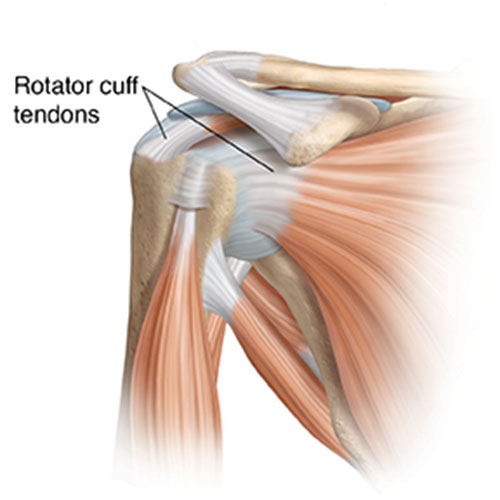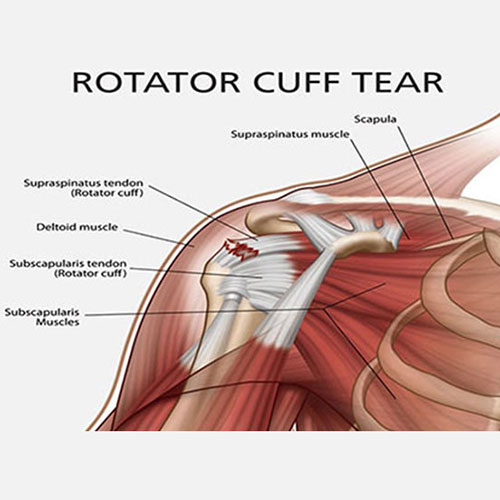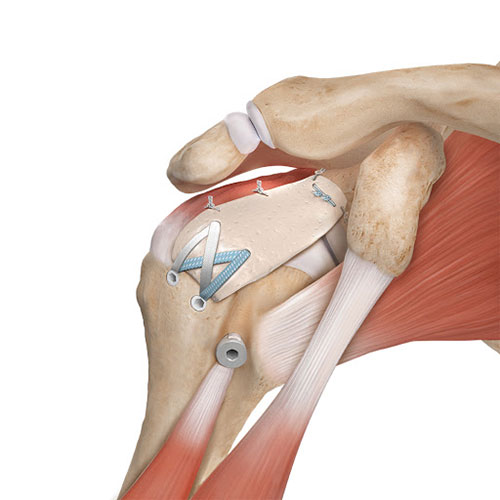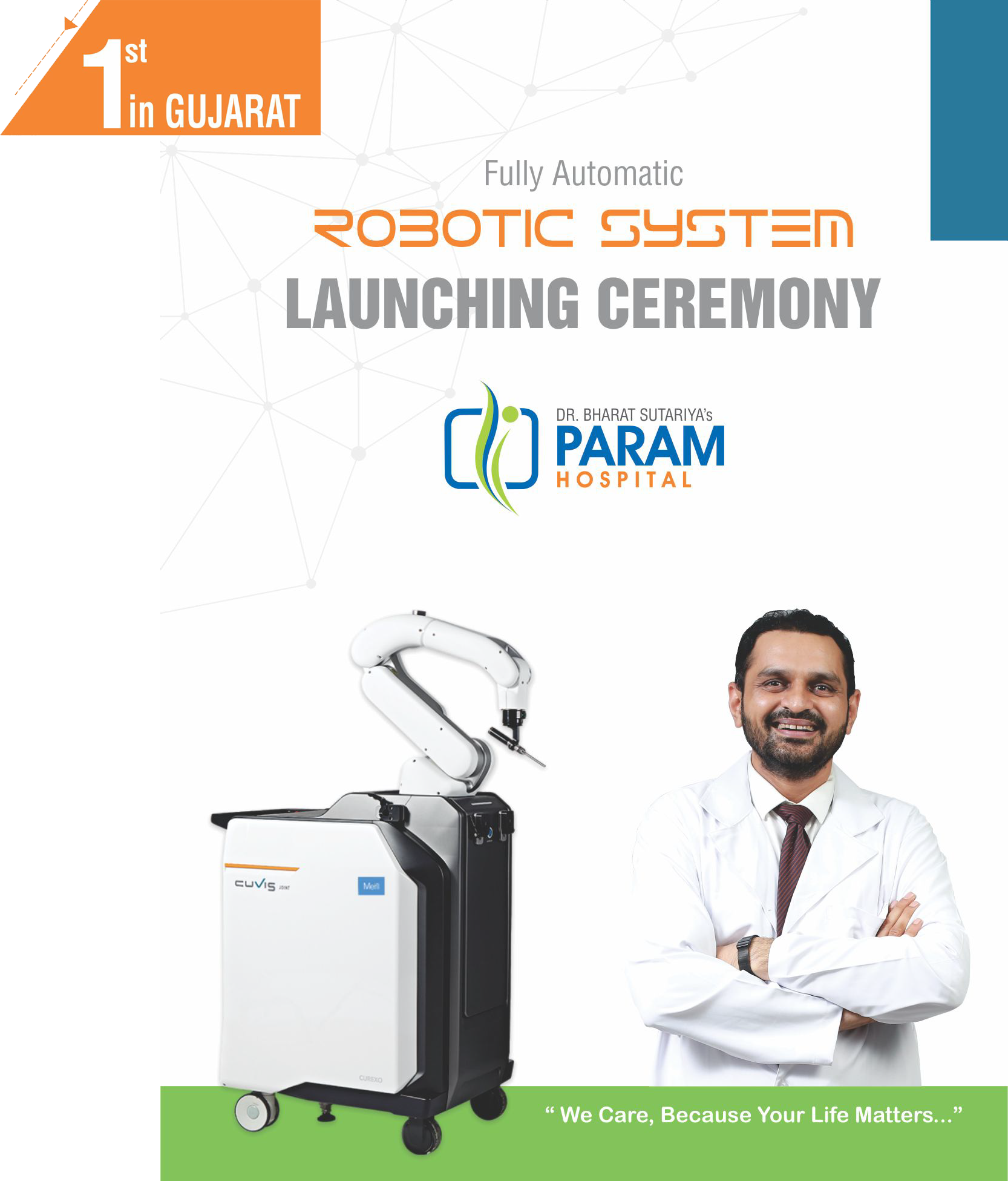
"We Care, Because Your Life Matters..."

"We Care, Because Your Life Matters..."
The rotator cuff muscle is a prime muscle in stabilizing the shoulder joint & allows us to lift the arm above the head.

Normal Rotator Cuff

Rotator Cuff Tear

Rotator Cuff Repair
Rotator cuff tear means, detachment of rotator cuff from its normal attachment to the humerus bone. In many cases, the reason for the rotator cuff injury is unknown.
A torn rotator cuff will cause pain at the top and outside of the shoulder when you raise or extend your arm.
The shoulder may become weak, making it difficult to raise the arm far away from the side.
The patient will have excessive pain over shoulder especially in the night.
If rotator cuff tears left untreated to accelerated wear and tear of the joint causing severe pain and further restriction of movements, the condition is called as “rotator cuff arthropathy”.
one or more of the tendons in the rotator cuff may be torn either by
The rotator cuff tear can be diagnosed either by ultrasound or MRI examination. If there is a partial tear this can be treated by shoulder rehab programme. But once a full thickness tear occurs it can only be treated by surgical repair.
Without repairing the tear the shoulder cannot gain function. Local heat or physio does not address the cuff defect. The tear will propagate with time and the later a patient presents the poorer the outcome. These patients have to be refused surgery as they present too late.
Aim of the treatment is to re-attach the torn rotator cuff back to is normal bony attachment.
Traditionally rotator cuff used to be repaired with open surgery leading to adhesions and postoperative stiffness & recovery generally takes a very long time. Nowadays it is done with key hole surgery that is by arthroscopically.
Arthroscopic surgery can be used to re-attach the torn edge of the rotator tendon to the humerus bone with specialized implants (suture anchors) and special threads (fiber wires).
At our hospital rotator cuff is repaired arthroscopically with the use of imported suture anchors. After arthroscopic repair, patients go home the next day of surgery & with hardly any scar.
Exercises tailored to the specific location of your rotator cuff injury can help restore flexibility and strength to your shoulder. Physical therapy is also an important part of the recovery process after rotator cuff surgery.
Massive rotator cuff injuries may require shoulder replacement surgery. To improve the artificial joint’s stability, an innovative procedure (reverse shoulder arthroplasty) installs the ball part of the artificial joint onto the shoulder blade and the socket part onto the arm bone.
Patients are generally advised for preoperative blood investigations and other necessary investigation on opd basis or the same is done on the day of admission with just a single day stay at the hospital.
